Last Updated on March 30, 2025
If your vehicle is equipped with a traction control system, you may have seen the TRAC OFF light illuminate on your dashboard. This light indicates that the system has been turned off or is not functioning properly.
The traction control system (TCS) is a vital safety feature designed to help your vehicle maintain stability and grip—especially on slippery surfaces—by regulating the amount of power delivered to the wheels. When the TRAC OFF light comes on, it means that this system is either manually disabled or experiencing a malfunction.
In many cases, the driver may have intentionally turned the system off using a dashboard button (common in Toyota, Lexus, and other models). However, if the light appears unexpectedly, it could point to underlying issues such as:
- Faulty wheel speed sensors
- ABS system problems
- Wiring defects
- Malfunctioning ECU (Electronic Control Unit)
⚠️ Important: Driving with the TRAC OFF light on reduces your car’s ability to maintain grip, particularly in rain, snow, or other low-traction conditions. Addressing the issue promptly is essential to avoid skidding or loss of vehicle control.
🔧 Common Causes of the TRAC OFF Light
Here are the most common reasons the TRAC OFF light may appear on your dashboard — a common issue also covered in our OBD2 not linking guide, which explains related diagnostic challenges.
1. Faulty Wheel Speed Sensors
The traction control system uses sensors on each wheel to monitor wheel speed. If one or more of these sensors are damaged or fail, the system can’t accurately assess traction, causing the TRAC OFF light to turn on.
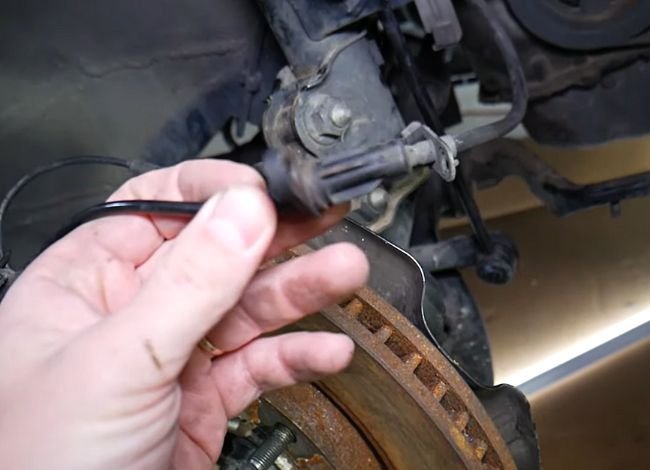
2. Defective Brake Switch
The brake switch communicates braking activity to various systems, including TRAC and ABS. A malfunctioning switch can disrupt this communication, prompting the system to shut off and trigger the TRAC OFF warning.
3. Worn Brake Pads or Low Brake Fluid
Uneven or worn brake pads can lead to inconsistent braking, affecting traction. Likewise, low brake fluid levels reduce braking efficiency and may cause the traction control system to turn off, illuminating the TRAC OFF light.
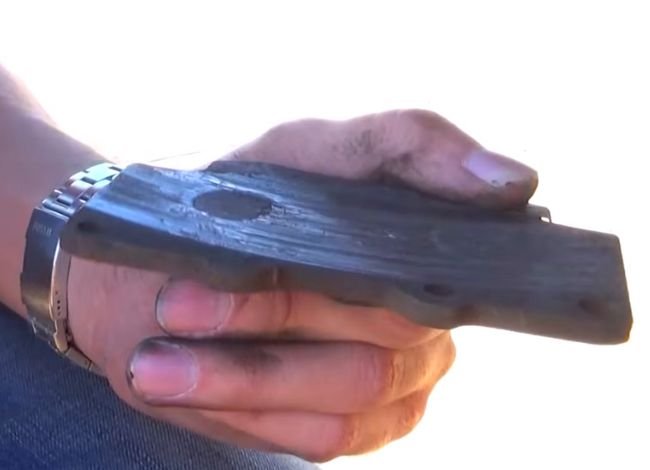
4. Bad ABS Module
Since the Anti-lock Braking System (ABS) shares components with the TRAC system, a failed ABS module can impact traction control functionality. If the ABS module fails to regulate hydraulic pressure correctly, the TRAC OFF indicator may appear.
5. Electrical Problems or Faulty ECU
Loose wires, damaged connectors, or poor grounding can prevent the traction control system from operating correctly. Similarly, a malfunctioning Electronic Control Unit (ECU)—which manages systems like ABS and TRAC—can trigger the TRAC OFF light.
6. Failed Wheel Bearing
A damaged wheel bearing can cause wheel wobble or noise, leading to incorrect readings from the ABS sensors. If the system detects irregular wheel behavior, it may disable traction control and activate the warning light.
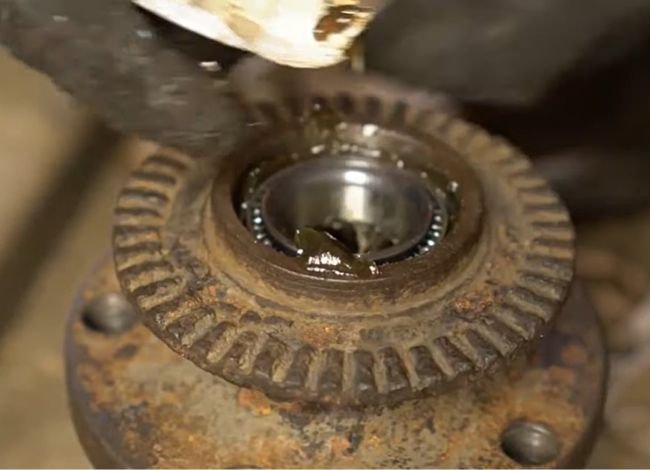
7. Dirty or Contaminated ABS Sensors
ABS sensors read each wheel’s speed and relay the data to the ECU. If these sensors are dirty, corroded, or damaged, the system may misinterpret the data, causing the TRAC OFF warning to appear.
8. Other Sensor Failures (SAS or TPS)
- Steering Angle Sensor (SAS): This sensor tracks your steering input. If it’s out of alignment or fails, the system may assume incorrect wheel movement and disable traction control.
- Throttle Position Sensor (TPS): The TPS monitors throttle input. If it malfunctions, the system may mismanage engine power distribution, triggering the TRAC OFF light.
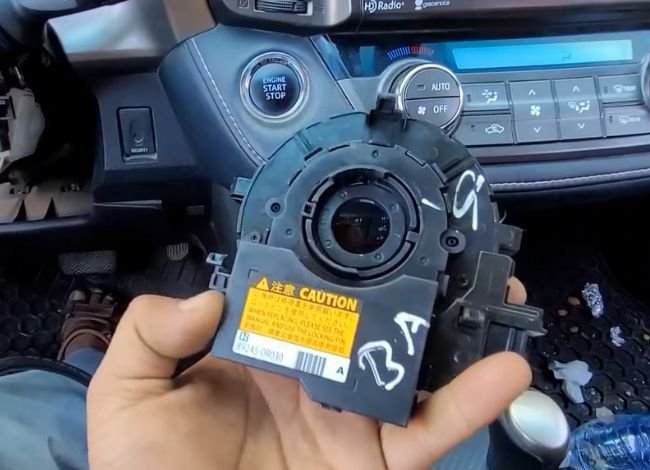
🛠️ Pro Tip: While some of these issues may seem minor, they can impact overall vehicle safety and performance. It’s always best to have a certified mechanic diagnose the exact cause using a reliable OBD2 scanner.
🔍 Additional Causes of the TRAC OFF Light
Beyond wheel sensors and ABS issues, several other mechanical and sensor-related problems can also trigger the TRAC OFF warning light. Here’s a breakdown of additional causes:
1. Faulty Steering Angle Sensor
The steering angle sensor monitors the position and direction of the steering wheel, helping the traction control system (TCS) detect the vehicle’s intended path. If this sensor malfunctions or loses calibration, the TRAC system may fail to respond correctly, causing the TRAC OFF light to illuminate.
2. Defective Yaw Rate Sensor
The yaw rate sensor measures the car’s rotational movement around its vertical axis. When this sensor fails, it provides inaccurate data to the TRAC system, leading to potential miscalculations and triggering the TRAC OFF indicator.
3. Broken Vacuum Actuator or Pump
The vacuum actuator helps regulate brake pressure in the traction control system. A faulty actuator can reduce system performance and cause the warning light to activate.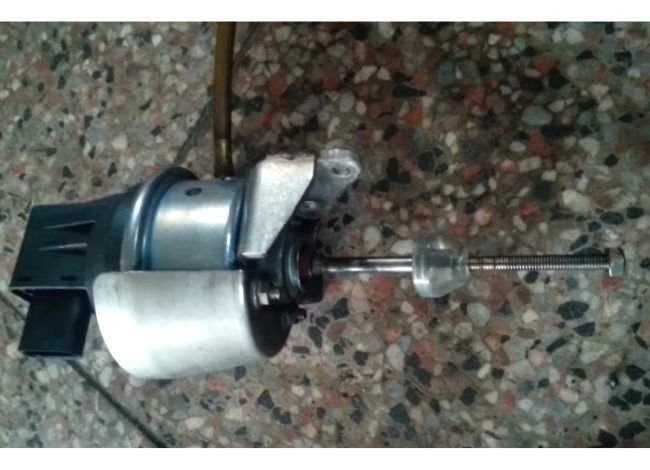
Similarly, the hydraulic pump, which supplies pressure for the system, may also malfunction. If it fails, the TRAC system will become inactive and display the TRAC OFF warning.
4. Unresponsive Traction Control Module
The traction control module oversees the entire TRAC system. If the module becomes faulty or unresponsive due to electrical issues or software errors, the traction control function may be disabled, causing the TRAC OFF light to appear.
5. Malfunctioning Steering Rack
The steering rack transmits your input from the steering wheel to the tires. A failing rack may disrupt communication with the TRAC system, triggering instability and activating the TRAC OFF warning light.
6. Damaged Throttle Body or MAF Sensor
The throttle body controls the amount of air entering the engine. If it becomes dirty or fails, the engine may lose power, affecting overall stability and prompting the TRAC OFF light to turn on.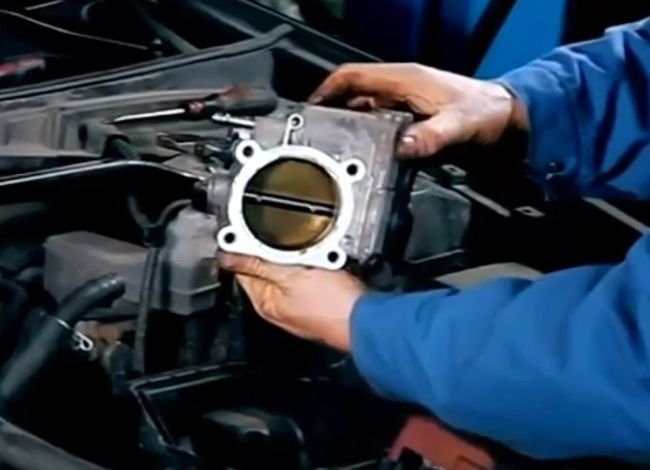
Similarly, the Mass Airflow (MAF) sensor measures the volume of air entering the engine. A faulty MAF sensor can lead to power loss or misfires, which can indirectly disrupt the traction system.
7. Crankshaft or Camshaft Position Sensor Failure
- The crankshaft position sensor monitors the rotational speed and position of the crankshaft. If it fails, the engine may stall or run inconsistently, leading to a TRAC system malfunction.
- The camshaft position sensor tracks the position of the camshaft to control fuel injection and ignition timing. A failure here can also cause the TRAC OFF light to activate due to unstable engine performance.
🛠️ Step-by-Step Guide: How to Fix the TRAC OFF Light Issue?
If the TRAC OFF light appears, follow this checklist to diagnose and possibly fix the issue:
✅ 1. Check the Traction Control Button
Sometimes, the TRAC system is turned off manually by accident. Locate the traction control button (often near the gear shift or steering wheel) and press it once to see if the light turns off. Refer to your vehicle’s owner’s manual if unsure about the button’s location or function.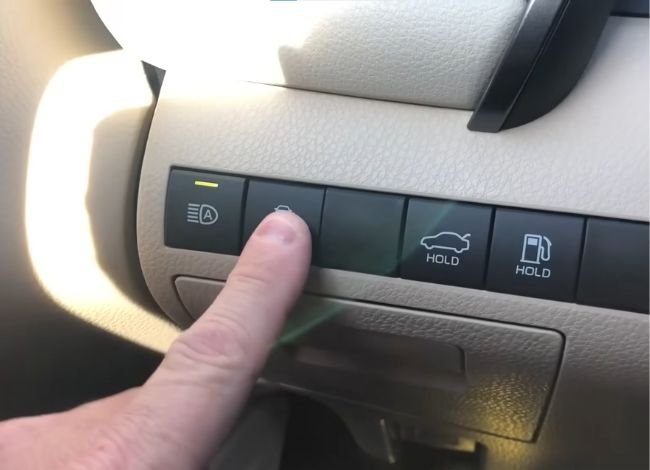
✅ 2. Inspect for Loose or Damaged Connections
Faulty or loose electrical connectors or wiring related to the TRAC or ABS system can trigger warning lights. Open the hood and examine wires going to wheel sensors, the control module, and other traction-related components. Repair or replace any frayed or disconnected wires.
✅ 3. Check ABS Sensors
The ABS sensors play a key role in the traction control system. Inspect all four sensors (located near the wheels), clean off dirt or debris, and ensure they’re properly mounted. If a sensor is broken or not reading data accurately, replace it with a compatible model.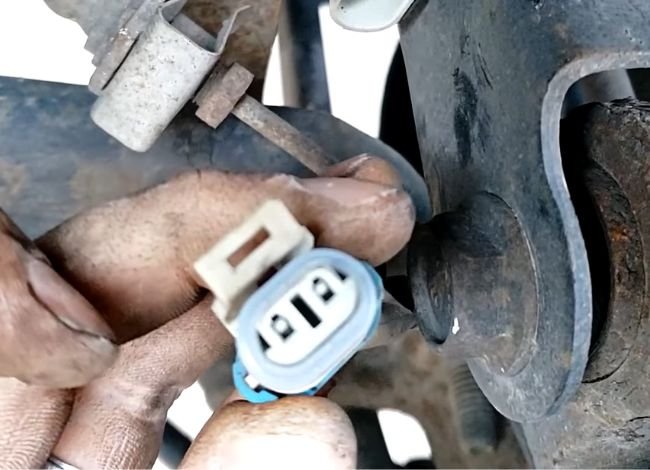
✅ 4. Check Brake Fluid Levels
Low brake fluid levels can also cause the TRAC OFF and ABS lights to turn on. Locate the brake fluid reservoir (typically near the firewall in the engine bay), and make sure the fluid is above the minimum mark. Refill with the recommended brake fluid if needed.
🔧 Additional Steps to Diagnose and Fix the TRAC OFF Light
If the TRAC OFF light remains on after basic checks, there are a few more components and fixes you should consider:
🔍 1. Inspect Worn-Out Wheel Bearings
Defective or worn-out wheel bearings can cause instability and trigger the TRAC OFF light. If you hear unusual sounds like humming, grinding, or rumbling while driving, it’s a sign the wheel bearings may need replacement. Have them inspected by a qualified mechanic and replaced if needed.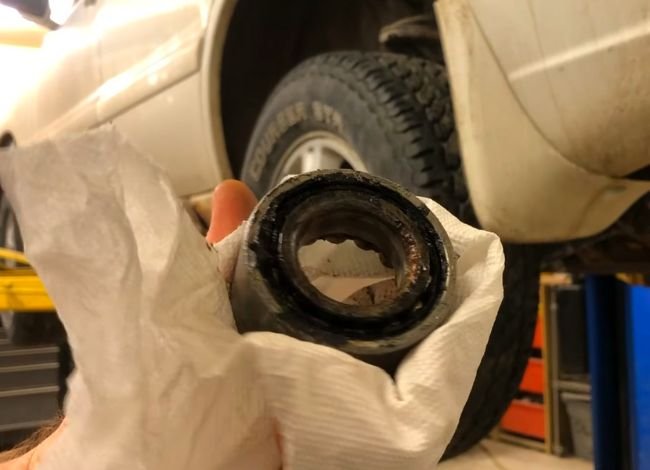
🧯 2. Check the Traction Control System Fuse
A blown fuse in the traction control system can disable its functions. Locate the fuse box (check your vehicle’s manual), and inspect the fuse associated with the traction control system. If it’s damaged or worn out, replace it with a new one of the same amperage.
👨🔧 3. Seek Professional Assistance
If none of the above steps resolve the issue, it’s best to consult a certified technician. A professional mechanic can perform a full diagnostic scan and pinpoint complex issues like wiring faults, ECU problems, or internal module failures.
🛞 4. Monitor Tire Pressure and Tread Wear
Low tire pressure or uneven tire wear can confuse the traction control system, causing it to shut off. Use a tire pressure gauge to ensure all tires are properly inflated according to manufacturer recommendations. If the tread wear is uneven, consider replacing the tires or rotating them.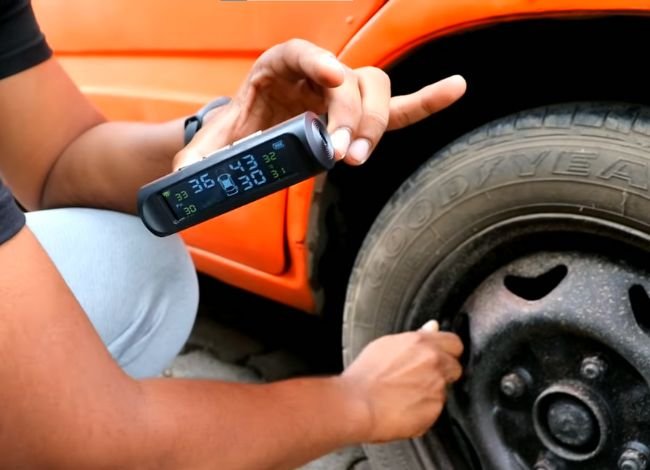
🛑 5. Inspect the Brake System
A malfunction in the braking system can also trigger the TRAC OFF light. Check the brake pads, rotors, and calipers for wear, warping, or leaks. If you notice any damage, have the braking components repaired or replaced immediately.
🔁 6. Reset the Traction Control System
Sometimes, a simple reset can fix temporary glitches: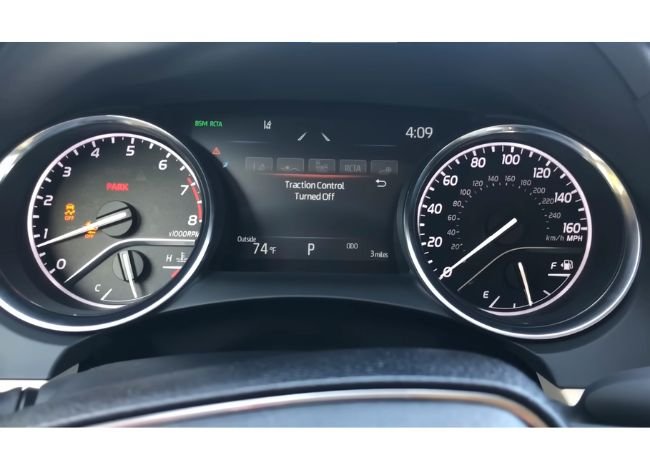
- Turn off the engine and remove the ignition key.
- Wait for a few minutes.
- Restart the engine.
If the TRAC OFF light disappears, it was likely a minor system error.
💨 7. Clean the Throttle Body
A dirty or malfunctioning throttle body can interfere with engine performance and disable the traction system. Use a throttle body cleaner to remove carbon deposits and debris. If cleaning doesn’t help, consider replacing it.
❌ 8. Defective ABS Module
The ABS module helps regulate brake pressure and interacts directly with the TRAC system. Corrosion, short circuits, or software failures in the module can trigger the TRAC OFF warning. If visual inspection shows signs of damage, the ABS module should be replaced.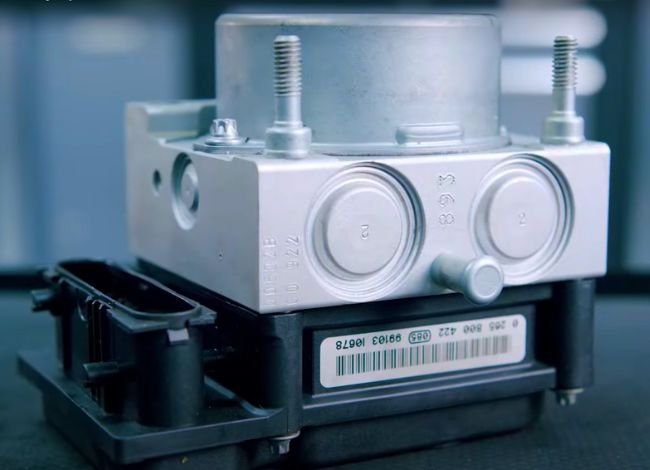
🧠 9. Use an OBD2 Scanner to Read Trouble Codes
The most efficient way to identify the root cause is by using a reliable OBD-II scanner. These devices can:
- Detect specific traction control or ABS-related error codes
- Provide insight into which sensor or module is failing
- Help you or your mechanic decide the correct next steps
If you don’t have a scanner, most auto repair shops can scan your vehicle for a small fee or even for free.
⚠️ What Are the Risks of Driving With the TRAC OFF Light On?
Driving with the TRAC OFF light illuminated can lead to various performance and safety issues. Here’s why it’s important to fix it:
🚗 1. Reduced Traction and Stability
The traction control system helps prevent wheel spin during acceleration and braking. With the system off, especially in rain, snow, or icy conditions, your car is more likely to skid or lose stability, increasing the risk of accidents.
🌀 2. Increased Risk of Skidding or Sliding
Without traction assistance, the vehicle is more prone to sliding while turning or braking on slick roads. This is particularly dangerous at higher speeds or during emergency maneuvers.
🔧 3. Accelerated Wear and Tear
The absence of traction control allows the wheels to spin freely, which can lead to excessive wear on:
- Tires
- Brakes
- Suspension components
Ignoring the issue could result in costly repairs down the road.
⛽ 4. Lower Fuel Efficiency
When your wheels spin more often than needed, your engine works harder to maintain speed—leading to reduced fuel economy. Over time, this can significantly affect your MPG.
🚨 5. Missed Warning Signs for Larger Issues
Sometimes the TRAC OFF light is just a symptom of a deeper problem—such as a failed ABS system or electronic module. If left unchecked, this can compromise braking performance and increase stopping distance.
⚠️ TRAC OFF Light vs Check Engine Light (CEL): Full Comparison
Both the TRAC OFF light and the Check Engine Light (CEL) are dashboard warning indicators, but they serve very different purposes and signal different types of issues. Below is a complete comparison to help you understand how they differ:
✅ Difference 1: Purpose and Function
- TRAC OFF Light: Indicates that the vehicle’s traction control system (TCS) is turned off or not functioning properly.
- Check Engine Light (CEL): Warns of a potential problem with your car’s engine, emissions system, or powertrain.
🔍 While the TRAC OFF light relates to vehicle stability and traction, the Check Engine light may indicate more serious problems, including misfires, fuel issues, or sensor failures.
✅ Difference 2: Severity of the Problem
- TRAC OFF: Usually not urgent, but it means you may have reduced traction—especially dangerous on wet, icy, or slippery roads.
- Check Engine: Can range from minor to critical. A flashing CEL usually indicates an immediate issue that can damage your engine if not addressed.
🛑 Action Tip: Always treat a flashing Check Engine light as an emergency.
✅ Difference 3: Repair Process
- TRAC OFF Light: Typically resolved by repairing traction-related components like wheel sensors, ABS modules, or recalibrating the steering angle sensor.
- Check Engine Light: Requires using an OBD2 scanner to retrieve diagnostic trouble codes (DTCs) and identify engine, emissions, or electronic issues.
🔧 Fixes may include replacing spark plugs, sensors, catalytic converters, or repairing fuel systems.
✅ Difference 4: Triggering Conditions
- TRAC OFF: Activates when:
- The driver manually disables the traction control system, or
- A system fault forces the TRAC system to shut off.
- Check Engine: Activates when the ECU (engine control unit) detects irregularities in the engine, transmission, or emissions system.
✅ Difference 5: Indicator Appearance
- TRAC OFF Light: Amber or yellow icon—usually shows the word “TRAC OFF” or a symbol related to traction.
- Check Engine Light: Yellow or orange icon—usually shaped like an engine symbol or reads “Check Engine”.
📊 Both lights can be read using OBD-II scanners, but the codes they return are tied to different systems.
✅ Difference 6: Vehicle Availability
- TRAC OFF: Not present in all vehicles, especially older models. It’s more common in modern cars with traction or stability control.
- Check Engine Light: A standard feature in all modern vehicles since 1996, as required by OBD2 regulations.
✅ Difference 7: Vehicle Behavior and Risk
- TRAC OFF Light On: May result in:
- Reduced traction and stability on slippery roads
- Increased risk of skidding during acceleration or turning
- Check Engine Light On: May cause:
- Poor engine performance
- Reduced fuel efficiency
- Increased emissions or risk of engine damage
⚠️ Important: While the TRAC OFF light doesn’t usually indicate engine damage, both warning lights should be taken seriously. Ignoring either could lead to unsafe driving conditions or expensive repairs.
Understanding the difference between the TRAC OFF light vs Check Engine Light helps you take the right action at the right time. Use an OBD-II scanner to get the trouble codes and resolve the issue quickly, or seek help from a certified mechanic for a full system diagnosis.
✅ Final Verdict: What to Do About the TRAC OFF Light
The TRAC OFF light on your car’s dashboard is a critical warning indicator that signifies your vehicle’s traction control system (TCS) is either turned off or malfunctioning. This system plays a vital role in maintaining traction and stability, especially on wet, icy, or slippery roads. Ignoring this warning can lead to reduced handling, increased wear and tear, lower fuel efficiency, and a higher risk of accidents.
🚗 What Should You Do?
When the TRAC OFF light turns on, take immediate action to diagnose and address the issue:
- ✅ Check brake fluid levels
- ✅ Inspect or clean wheel speed and ABS sensors
- ✅ Replace any blown fuses
- ✅ Use an OBD2 scanner to detect trouble codes
- ✅ Reset the system by restarting the engine
- ✅ If the problem persists, consult a qualified technician
Delaying repairs could compromise your vehicle’s safety features. Fixing the problem early ensures optimal performance, safer driving, and peace of mind.
❓ FAQs: TRAC OFF Light Explained
Q1. What does the TRAC OFF light mean in a car?
The TRAC OFF light indicates that your vehicle’s traction control system is disabled—either due to manual deactivation or a system fault.
Q2. Can I drive with the TRAC OFF light on?
Yes, you can drive with it on; however, it’s not recommended—especially in slippery or hazardous road conditions where traction control enhances vehicle safety.
Q3. How do I turn the TRAC OFF light off?
Try pressing the traction control button on your dashboard. If it stays on, use an OBD2 scanner to diagnose and clear error codes or check for sensor/fuse issues.
Q4. What causes the TRAC OFF light to stay on?
Common causes include:
- Low brake fluid
- Faulty ABS or wheel speed sensors
- Electrical wiring issues
- Malfunctioning traction control module
Q5. Will the TRAC OFF light affect my car’s performance?
While it may not affect normal driving, traction and stability will be compromised on slick roads, increasing the risk of slipping or skidding.
Q6. Do I need a mechanic to fix the TRAC OFF light issue?
Not always. Start by using a reliable OBD2 scanner for diagnosis. If the issue involves complex wiring, sensors, or modules, professional service is recommended.
🧰 Pro Tip: Stay Ahead with OBD2 Scanners
To stay on top of vehicle warning lights like the TRAC OFF or Check Engine light, consider investing in a quality OBD2 scanner. It allows you to:
- Read and clear trouble codes
- Monitor real-time data
- Save on diagnostic costs
